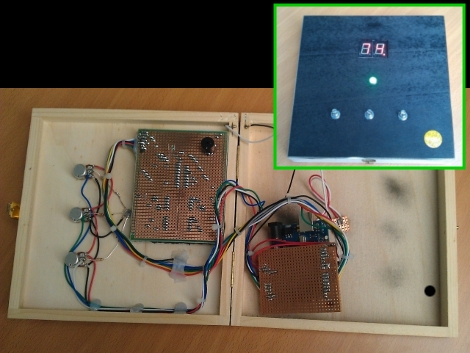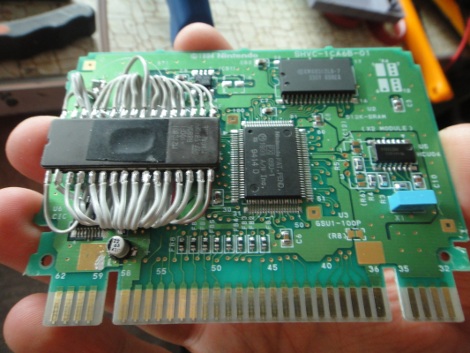It looks like Sony and [George Hotz] have reached an out-of-court settlement in the case brought against the hacker who is more well-known as [Geohot].
This is the end (we think) of an ongoing saga that originally drew our ire when Sony removed OtherOS support as a sledge-hammer-type fix for holes that [Geohot] found in the security system used by PlayStation 3 hardware. Our beef with that move is that it punished people who bought a PS3 knowing that it could run Linux natively, only to have that rug retroactively pulled out from under them. [Geohot] then went on to publish details that allow those with the proper skills to leave a smoldering pile of slag where Sony’s hardware security used to reside.
They slapped him with a lawsuit for publishing those details. This settlement doesn’t have him admitting any wrongdoing. We’re not going to editorialize on the morals or ethics of [George’s] actions, but we do still think that Sony greatly overreacted at several points along this unfortunate string of events.
[Thanks Buggs187]

















